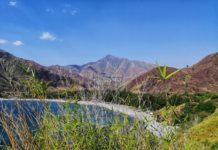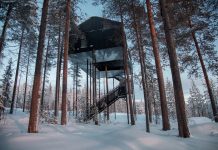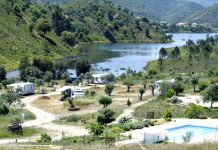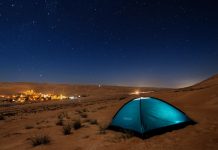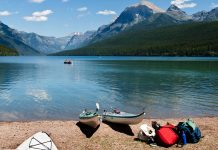Camping and hiking are wonderful activities that are usually enjoyed the most in scenic settings. When the autumn hits in North America there are dozens of national parks across the land that feature some magnificent sights once the trees begin to change color. These are some of the prettiest national parks to camp and hike in during the fall season.
1. Big Bend National Park, Texas
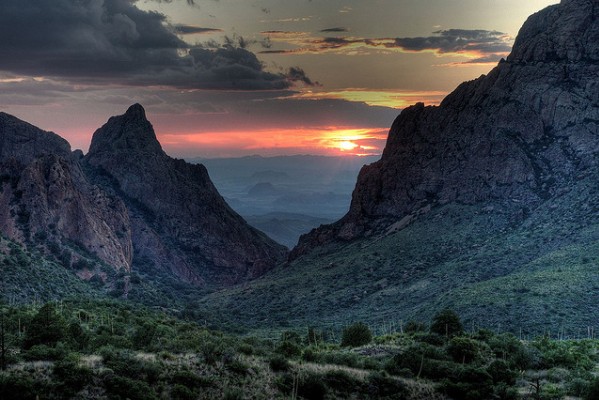 (photo credit: photo_art)
(photo credit: photo_art)
This park is situated in the western region of Texas and is filled with cactuses, yuccas, agaves, and a variety of other desert plants. The colors you’ll see here are a little bit different from the forests. There’s a good eight-mile long hiking trail that takes you into the Chisos Mountains and the surrounding high country in the middle of the park where you can see some spectacular fall colors. There are oak and maple trees in the higher canyons and these trees generally turn crimson with the nearby aspen trees blazing in yellows.
2. Capitol Reef National Park, Utah
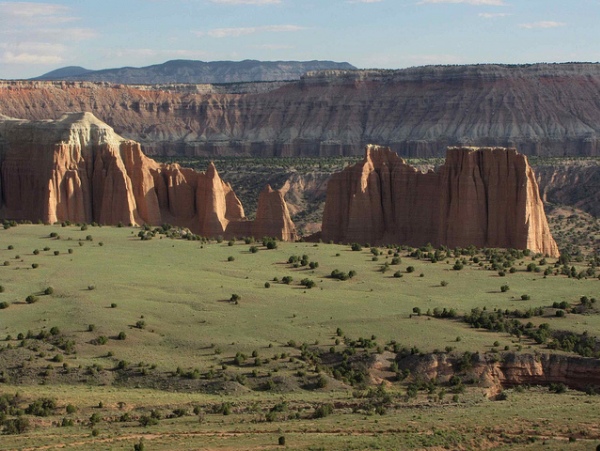 (photo credit: lonqueta)
(photo credit: lonqueta)
This wonderful park in Utah features some gorgeous ridges, monoliths, canyons, and buttes. Along the rivers you’ll find willow trees and cottonwoods. These turn a fantastic shade of yellow during the autumn. In addition, there’s a 19th century settlement there that was founded by Mormon missionaries. It has an orchard that’s filled with a few thousand fruit trees. You can actually pick the fruit here for free with the apples being harvested in September and October.
3. Guadalupe Mountains National Park, Texas
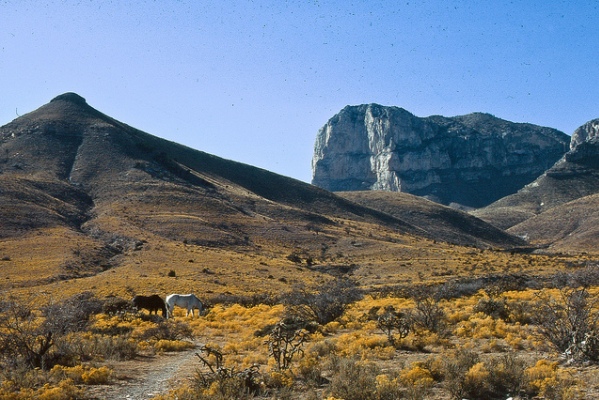 (photo credit: kkanouse)
(photo credit: kkanouse)
You don’t often come across the bright autumn colors of deciduous trees down in the southwestern desert. However, Guadalupe Mountains National Park, which is located in western Texas, is a brilliant exception. You’ll see a wide variety of yellows, deep browns, and reds and they contrast so dramatically with the Chihuahuan desert, as it contains century plants, cacti, and canyon walls. The leaves usually start to change colors late in October and the colors are still present in mid-November.
4. Yosemite National Park, California
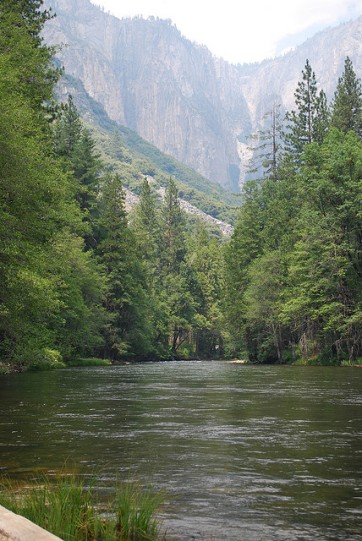 (photo credit: werkmens)
(photo credit: werkmens)
The leaves on the trees generally turn color near the end of October and last until early December when the first winter storms hit Yosemite National Park. The sugar maple and dogwood trees showcase some excellent shades of red while the other trees include aspens, alders, and oaks, and all have their own wonderful colors.
5. Glacier National Park, Montana
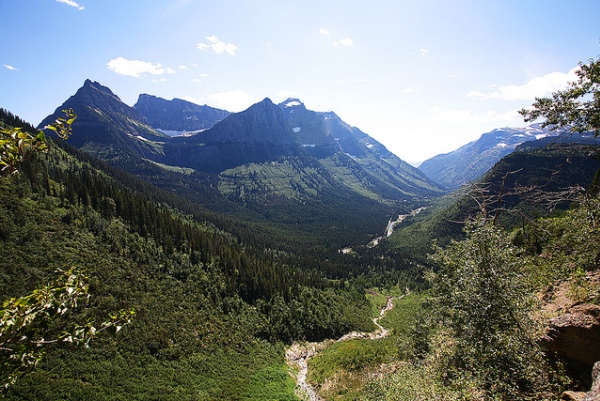 (photo credit: karynsig)
(photo credit: karynsig)
Montana’s Glacier National Park consists mainly of evergreen trees such as firs, pines, and spruces. However, you’ll also be able to find aspens and cottonwoods down in the lower sections along the streams and lakes. These beautiful deciduous trees turn gold and yellow every year usually at the end of September.
6. Great Smoky Mountains National Park, North Carolina, Tennessee
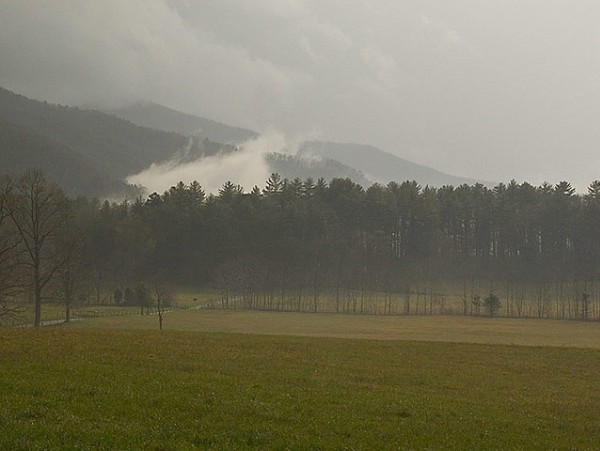 (photo credit: mismisimos)
(photo credit: mismisimos)
The elevation in this parks ranges from about 1,000 to 6,500 feet. This means the trees change colors at different times, depending how high they are located. The trees that live higher than 4,000 feet usually change color between early and mid-October. In the lower and middle elevation areas they usually change from mid-October to early November. Some of the colourful trees here include sugar maples, sweet gums, red maples, hickories, and scarlet oaks.
7. Yellowstone National Park, Wyoming, Idaho, Montana
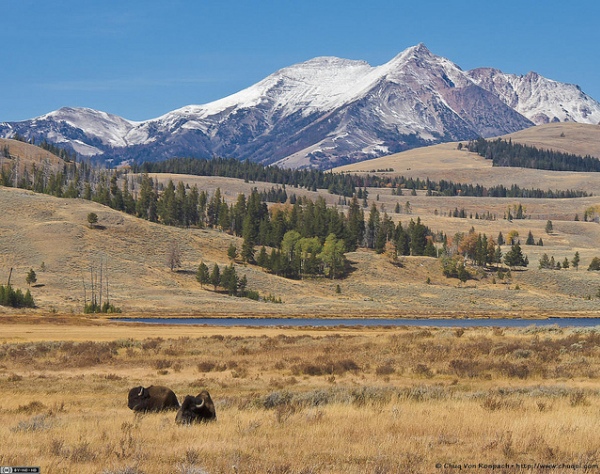 (photo credit: chuqui)
(photo credit: chuqui)
This famous park consists mainly of evergreen lodgepole pine trees. However, there are some aspens along the Snake, Yellowstone, and Madison Rivers as well as some willow and cottonwoods alongside some of the streams that turn a fantastic shade of gold.
8. Acadia National Park, Maine
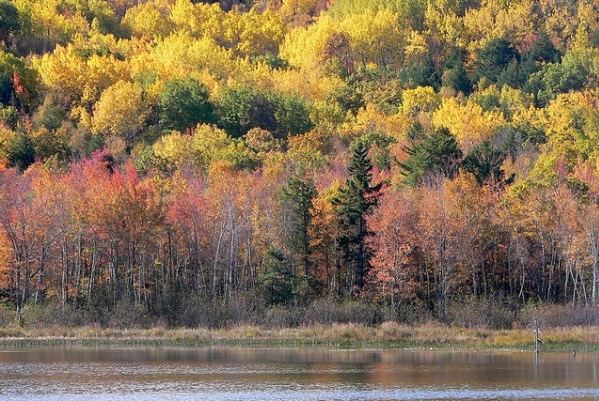 (photo credit: leeco)
(photo credit: leeco)
The trees usually show off their fall colors in early October and hit their peak around the third week of the month. The park used to be full of spruce-fir forests, but many of the trees were burned to the ground during a major fire in 1947. After that, the spaces were taken over by deciduous trees which feature some spectacular shades of orange, yellow, and red.

